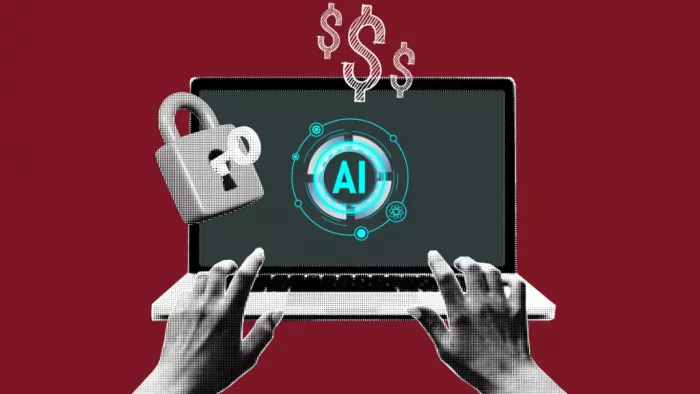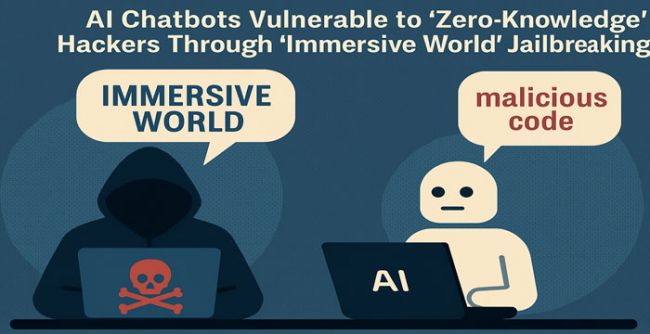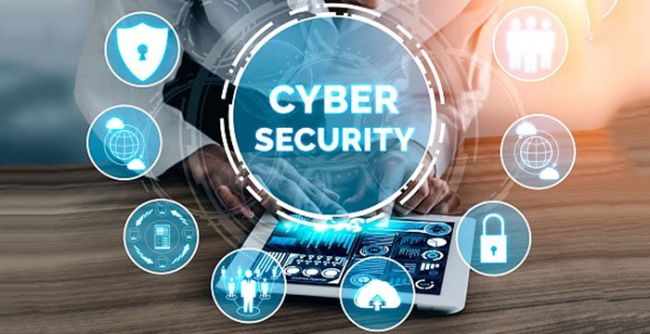AI Systems Are Expanding—So Are the Attack Surfaces
Artificial Intelligence is used in legal automation, financial fraud detection, and medical diagnosis rather than only driving chatbots or image generators. But integration brings exposure, AI systems evolve, adapt, and learn over time, unlike classic software that is not static. This means even after deployment fresh weaknesses might surface, therefore insufficient traditional security measures.
Organizations are relying on AI red teaming, a systematic approach to probe, check, and protect intelligent systems against real-world threats, to negotiate these unknowns.
Let's now investigate why it is critically important in contemporary corporations.
Why AI Red Teaming Is Essential in 2025?
Artificial intelligence is frequently used in particular circumstances of decisionbanks, hospitals, legal systemswhere one incorrect prediction might have major results. AI systems also work across data pipelines, cloud services, and APIs, therefore raising the number of points an attacker might concentrate on.
Even worse, tools meant to guard AI could be weaponized. Open-source explainability tools, for instance, could enable opponents to reverse-engineer model behavior. Red teaming exposes core design weaknesses that attackers use, not just errors.
Appreciating the extent of influence prepares the scene for actual applications. Let's consider one.
A Real Example: When AI Becomes the Attack Vector

In 2023, researchers from HiddenLayer demonstrated how malicious actors could embed malware into machine learning model files using the .pkl format (Python Pickle). If a data scientist unknowingly loads that file, the attacker gains system-level access.
In industries like finance or healthcare, this could lead to breaches of patient data or manipulation of financial records, damaging both operations and compliance.
Now that we see what’s at stake, the next question is: How are enterprises reacting to these risks?
Building AI-Ready Red Teams: What’s Changing?
Modern red teams aren’t just cybersecurity professionals. They’re cross-functional groups that include:
- AI Engineers who understand model behaviour and architectures
- Data Scientists who examine risks like data poisoning
- Cybersecurity Experts who simulate adversarial intrusions
- Regulatory Specialists who ensure testing aligns with GDPR, HIPAA, and other frameworks
This multidisciplinary setup ensures that testing isn't just thorough, but also compliant with legal and ethical standards.
Before creating your team, it’s vital to know what to test. That brings us to the critical assets.
What Should You Test First? Start with Critical AI Assets
Start by cataloguing AI models that handle:
- Personal or health data
- High-value transactions
- Autonomous decisions (like approvals or diagnostics)
- External-facing APIs with wide access
These models pose the highest risk if compromised. AI red teams prioritise these assets using risk assessment matrices and threat modelling techniques.
But testing without collaboration won’t go far. Let’s look at why the partnership with Blue Teams matters.
Red and Blue Teams: A Continuous Feedback Loop
Security with AI spans past any one test. Blue teams keep an eye out for and alleviate hazards; red teams find vulnerabilities. Defence systems change constantly when they release real-time research results.
Refining incident response plans and modernizing defense policies against developing AI-specific threats depend on this red-blue synergy.
Particularly those designed for artificial intelligence systems, tools are absolutely essential in facilitating this cooperation.
Tools That Power AI Red Teaming
Standard penetration testing tools won’t cut it. AI-specific red teaming requires:
- Adversarial testing platforms like IBM’s ART or Microsoft’s Counterfit
- Model scanners to detect tampering or embedded payloads
- API fuzzers that inject unpredictable inputs to test robustness
- Automated pipelines that monitor thousands of models at scale
These tools streamline workflows and provide visibility across model lifecycles.
But even the best tools must operate within compliance boundaries. Let’s discuss how to do that.
AI Red Teaming Must Be Compliant by Design
Testing sensitive AI systems must adhere to strict privacy and legal frameworks. Best practices include:
- Using synthetic or anonymised data for testing
- Ensuring audit trails for every red teaming activity
- Maintaining transparency with stakeholders and legal teams
- Aligning with regulatory frameworks like NIST AI RMF and ISO/IEC 27001
These guardrails help organisations test thoroughly without violating trust or legal boundaries.
With foundations set, the question is: Where does red teaming fit in the long-term security strategy?
Final Thought: Make AI Red Teaming a Core Strategy
Not a once-off event, artificial intelligence red teaming is a permanent discipline in your cybersecurity playbook. Its invaluable importance in 2025 lies in its capacity to reveal covert weaknesses, lower operational risk, and increase stakeholder confidence.
Your security attitude also has to speed up along with increasing artificial intelligence uptake. Testing the boundaries of artificial intelligence is where one begins to develop trust in it and red teaming is the way it is done.
Post Comment
Be the first to post comment!




